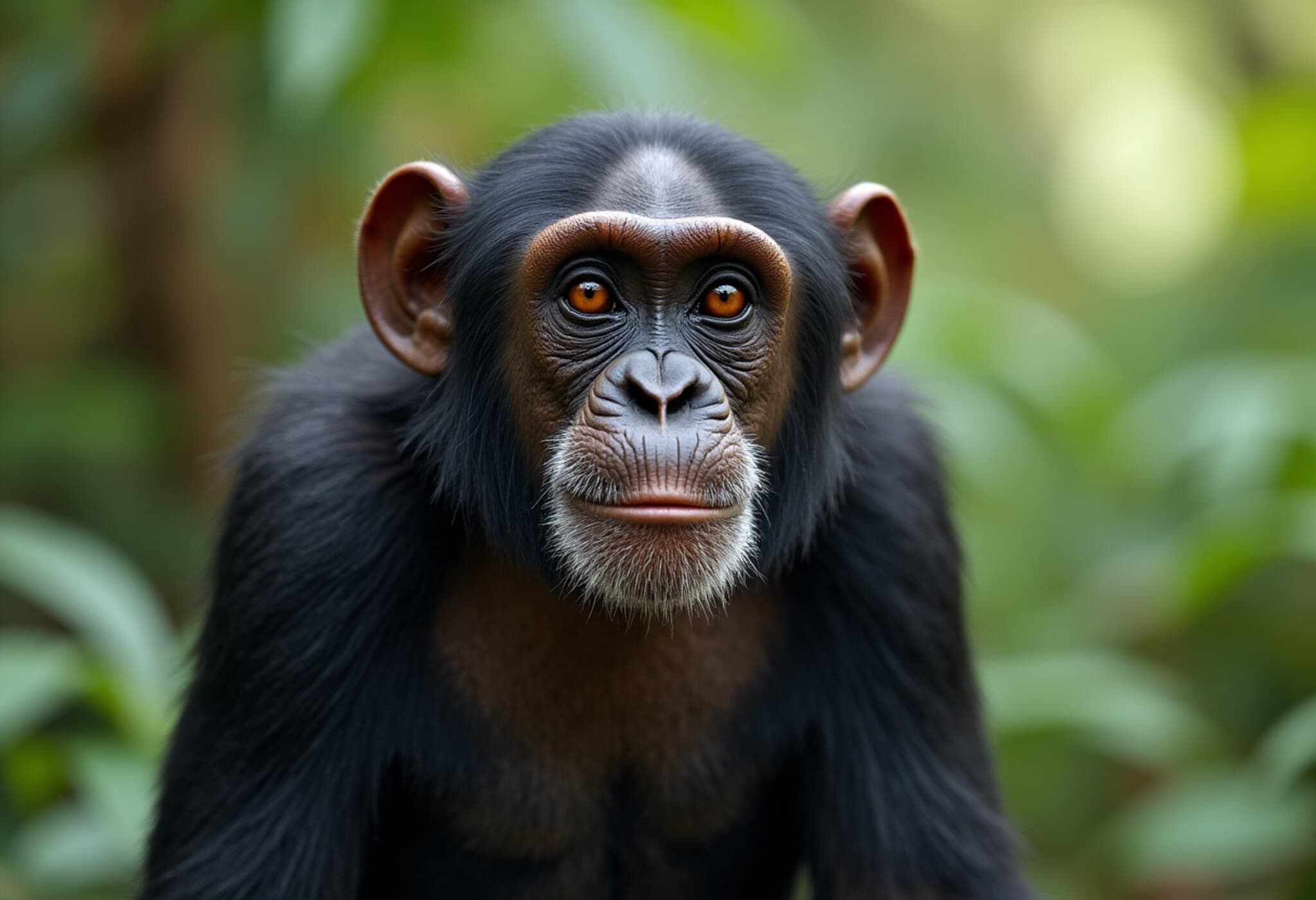The Viral Sensation: A Giant Anaconda Rising from the Amazon
In July 2025, social media platforms exploded with striking images and videos claiming to capture the world’s largest anaconda ever discovered—stretching an astonishing 134 feet. This massive snake allegedly being hauled from the depths of the Amazon River quickly became the latest sensation, captivating the imaginations of viewers worldwide. The captivating visuals sparked debates and wonder, prompting many to ask: Is this colossal creature real or just an elaborate hoax?
Unraveling the Truth: Fact-Checking the Viral Claims
Upon closer examination by fact-checking organizations such as Snopes, the extraordinary claims began to unravel. The so-called images and footage circulating online were identified as either stock photos inaccurately repurposed, digitally manipulated, or even AI-generated fabrications. No credible scientific expedition, documented research, or trustworthy eyewitness account backs the existence of a snake anywhere near such gargantuan size.
To put this into perspective, the longest green anaconda ever scientifically verified measured approximately 6.3 meters (about 20.7 feet) and weighed around 200 kilograms (440 pounds). These figures come from decades of herpetological research in the Amazon Basin, where the green anaconda is known as the heaviest snake species on Earth but nowhere near the viral exaggerations.
The Reality of the Green Anaconda
The green anaconda (Eunectes murinus) rightfully claims fame as the largest and heaviest snake species alive, famed for its aquatic prowess and muscle power. Native to South America’s river systems, it commands respect in the wild with impressive but modest dimensions relative to viral myths.
- Average verified length: 5 to 6.3 meters (16 to 20.7 feet)
- Weight: Up to 200 kilograms (440 pounds)
- Habitat: Swamps, marshes, rivers across the Amazon rainforest
Scientific Breakthrough: The Northern Green Anaconda Discovery
Adding to the intrigue of anaconda diversity, a significant scientific milestone occurred recently in 2024 with the discovery of a new species – Eunectes akayima, commonly known as the Northern Green Anaconda. Found in the Ecuadorian Amazon, this species sheds light on the rich biodiversity of the region and ongoing exploration efforts.
One noteworthy specimen measured around 6.3 meters, supporting existing knowledge about these giant snakes' maximum size but still far from the fanciful viral claims. Local indigenous communities have long recounted tales of massive snakes, fueling fascination and folklore, though these remain unverified by science.
Why Do Giant Snake Hoaxes Gain Traction?
The allure of giant creatures taps deeply into human curiosity and fascination with the unknown. Stories of monstrous animals challenge our understanding of nature and evoke a primal sense of awe and fear. In the age of AI and advanced digital tools, fabricating believable yet false images or videos has become alarmingly simple, leading to rapid spread of misinformation.
- Psychological appeal: Humans are drawn to extraordinary claims and spectacular visuals.
- Technological enablers: AI-generated content can create convincing but fake images or videos.
- Viral dynamics: Social media algorithms favor engaging content, often prioritizing sensational stories over verified facts.
Expert Perspective: The Importance of Media Literacy
From a media analyst’s viewpoint, the giant anaconda hoax underscores a crucial contemporary challenge: navigating the digital ecosystem responsibly. It highlights the urgency for increased media literacy—empowering audiences to critically evaluate sensational claims before sharing or believing them.
Moreover, it serves as a reminder that while nature never ceases to amaze, extraordinary claims require extraordinary evidence, typically from trusted scientific institutions or recognized experts.
Looking Ahead: Balancing Wonder with Skepticism
While no snake approaching 134 feet exists today, the enthusiasm these stories generate reflects humanity’s enduring passion for wildlife and discovery. Scientists continue to unravel the mysteries of the Amazon—a region abundant with creatures yet unknown. This story encourages us to celebrate genuine scientific discoveries, like the Northern Green Anaconda, and maintain a healthy skepticism towards viral content that strains credulity.
Editor’s Note: Reflecting on the Viral Anaconda Myth
The myth of the 134-foot anaconda is a vivid illustration of how misinformation can swim through our digital rivers just as quickly as any Amazonian snake maneuvers its watery home. It reminds us to cherish verified knowledge and approach extraordinary tales with curiosity but a grounded perspective. As digital consumers and nature enthusiasts, the best rapport we can have with stories like these is one of informed awe paired with critical thinking.













